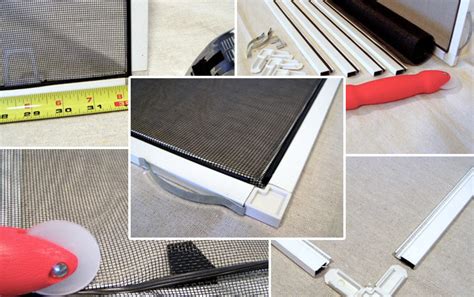5 Mobile Home Screen Tips

As mobile devices continue to play an increasingly central role in our daily lives, the importance of a well-organized and functional home screen cannot be overstated. A cluttered and disorganized home screen can lead to decreased productivity, increased stress, and a generally frustrating user experience. On the other hand, a thoughtfully designed home screen can streamline your workflow, enhance your mobile experience, and even boost your overall sense of satisfaction with your device. In this article, we will explore five practical tips for optimizing your mobile home screen, transforming it from a chaotic mess into a hub of efficiency and convenience.
Key Points
- Streamline your home screen by removing unused apps and widgets
- Organize your apps into folders based on their functions or categories
- Utilize the dock for your most frequently used apps
- Implement a wallpaper that promotes productivity and focus
- Customize your notification settings to minimize distractions
Streamlining Your Home Screen

The first step towards creating an optimal mobile home screen is to declutter and streamline your layout. This involves removing any unused or redundant apps and widgets that are taking up valuable space. According to a study by Statista, the average mobile user has around 80 apps installed on their device, but only uses about 9 apps on a daily basis. By eliminating these unused apps, you can significantly reduce clutter and make your home screen more navigable. Additionally, consider uninstalling any pre-installed apps that you do not use, as these can also contribute to a cluttered and disorganized home screen.
Organizing Apps into Folders
Once you have removed any unnecessary apps, the next step is to organize your remaining apps into folders. This can be based on the apps’ functions, categories, or even the frequency of use. For instance, you might create a folder for social media apps, another for productivity tools, and a third for entertainment apps. This not only helps in keeping your home screen tidy but also makes it easier to find and launch the apps you need. App folders can also be named and rearranged as per your preference, allowing for a high degree of customization and flexibility.
| Folder Category | Description |
|---|---|
| Social Media | Facebook, Instagram, Twitter, etc. |
| Productivity | Email, Calendar, Task Manager, etc. |
| Entertainment | Netflix, Spotify, Games, etc. |

Utilizing the Dock

The dock, typically located at the bottom of your home screen, is a prime piece of real estate that should be utilized wisely. It’s the perfect place to store your most frequently used apps, as it provides easy access from any home screen page. Research suggests that the human brain can process visual information more efficiently than text, which is why icons in the dock should be recognizable and meaningful. By placing your essential apps in the dock, you can navigate your mobile device more efficiently, enhancing your overall user experience.
Implementing a Productive Wallpaper
Your home screen wallpaper is more than just a visual element; it can also play a significant role in promoting productivity and focus. A cluttered or distracting wallpaper can divert your attention and decrease your productivity, while a clean, minimalist design can have the opposite effect. Consider choosing a wallpaper that is not only aesthetically pleasing but also serves as a reminder of your goals or priorities. This subtle yet constant visual cue can help maintain your focus and motivation throughout the day.
Customizing Notification Settings
Finally, to truly optimize your mobile home screen, it’s essential to customize your notification settings. Notifications can be a significant source of distraction, pulling your attention away from important tasks and decreasing your productivity. By configuring your notification settings to only display essential alerts and silencing non-essential notifications, you can minimize distractions and stay focused on your goals. This might involve setting certain apps to “do not disturb” mode, disabling notifications for less critical apps, or even scheduling specific times when you want to receive notifications.
How often should I review and update my home screen layout?
+It's a good practice to review and update your home screen layout periodically, ideally every 2-3 months. This allows you to adapt to changes in your usage patterns, remove any newly redundant apps, and maintain an organized and efficient home screen.
Can I customize the look and feel of my home screen further?
+Yes, many mobile devices offer additional customization options, such as changing icon packs, using launchers, or even customizing the look of your notifications. These can further personalize your home screen to suit your preferences and enhance your mobile experience.
In conclusion, optimizing your mobile home screen is a straightforward yet highly effective way to enhance your productivity, reduce stress, and improve your overall mobile experience. By streamlining your layout, organizing your apps, utilizing the dock, implementing a productive wallpaper, and customizing your notification settings, you can transform your home screen into a powerful tool that supports your goals and workflows. Remember, the key to a well-designed home screen is balance and customization, ensuring that every element, from the apps you use to the wallpaper you choose, contributes to a seamless, efficient, and enjoyable mobile experience.


